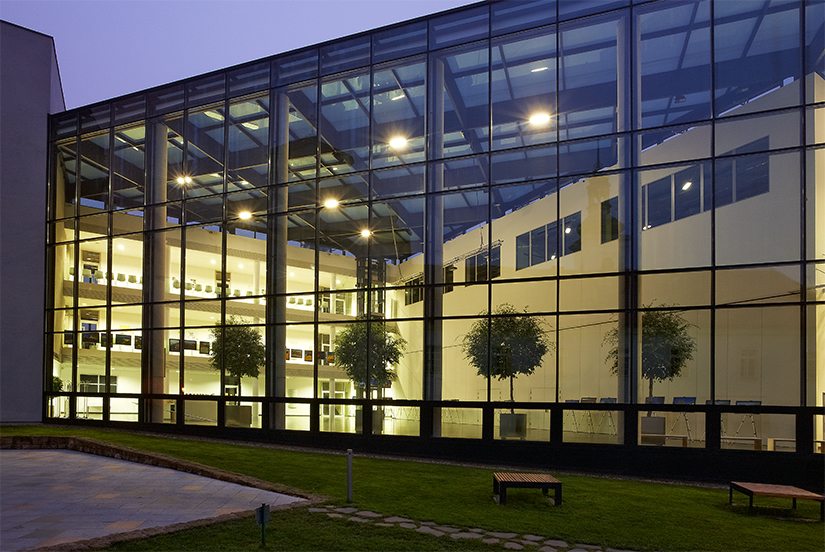CHURCH OF ST. BONAVENTURE
This church is part of the monastery complex. The date of its founding cannot be determined precisely, but falls most likely in the mid-14th century. It was completely destroyed during the Hussite wars. From the 15th century to the beginning of the 17th century the Bohemian Brethren worked here, where they built their own center with prayer room and other buildings, including towers. At that time the monastery complex was named after the Biblical Mount Carmel.
After the Battle of White Mountain, the entire monastery complex fell once again into the hands of the Catholic Order of Friars Minor. The church was reconstructed in the years 1675-1711 in the Baroque style and equipped with period furnishings. Its dominant feature was the high altar with a painting of St. Bonaventure by the painter F. Laubner from 1777.
During the Josphinist reforms, the church came into the possession of the Order of Piarists. At the beginning of the 20th century the church (façade and interior) were renovated in a neo-Baroque style. In the second half of the 20th century, the church and entire monastery were deteriorating, and would only see reconstruction in 2006 and 2007 through investment by ŠKODA Auto a.s.




